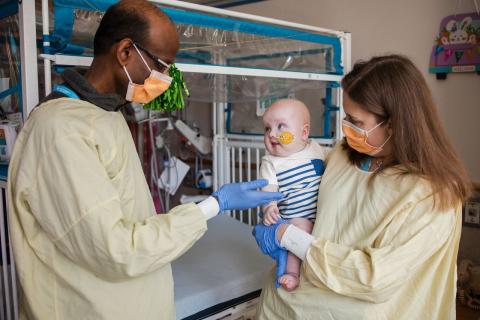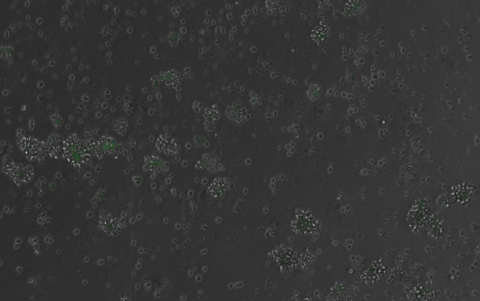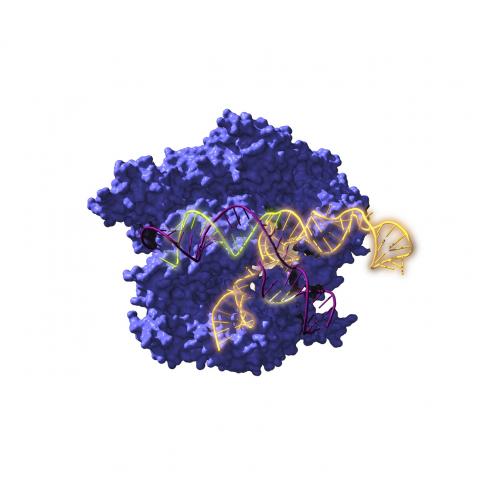
Andalusian Centre for Developmental Biology (CSIC/UPO/JA)
If you are the contact person for this centre and you wish to make any changes, please contact us.
Principal investigator of the 3D Genomics group at the Andalusian Centre for Development Biology (CABD)
Tenured scientist CSIC & PI, Andalusian Center for Developmental Biology, CSIC-Pablo de Olavide University

A team from the Children's Hospital of Philadelphia and Penn Medicine (United States) has successfully treated a baby diagnosed with a rare genetic disorder using personalised CRISPR gene editing therapy. The baby, known only by the initials KJ, was born with a rare metabolic disease known as severe carbamoyl phosphate synthetase 1 (CPS1) deficiency. After spending the first months of his life in hospital on a very restrictive diet, KJ received the first dose of his tailored therapy in February 2025, between six and seven months of age. The treatment, which is being used for the first time for this type of disorder, was administered safely, and the baby is now growing well and improving. The case is detailed in a study published by The New England Journal of Medicine (NEJM).

A team from the Centre for Genomic Regulation (CRG) and Pompeu Fabra University (UPF) in Barcelona has developed an artificial intelligence tool capable of designing regulatory sequences for genes that do not exist in nature. When introduced into cells, these enhancers can increase or decrease gene activity in a specific way depending on the type of cell targeted. According to the authors, ‘the potential applications are enormous. It's like writing software, but for biology.’ The results are published in the journal Cell.

An international study led by Spanish researchers has succeeded in reconstructing the ancestors of the CRISPR-Cas system present in extinct bacteria from up to 2.6 billion years ago. The reconstructed systems work and are more flexible than the current ones. According to the authors, this could open up new avenues for gene editing. The results are published in the journal Nature Microbiology.